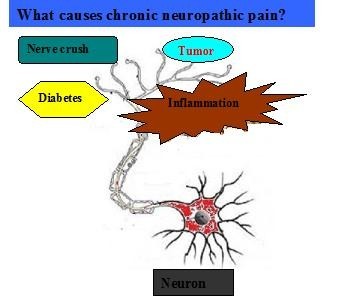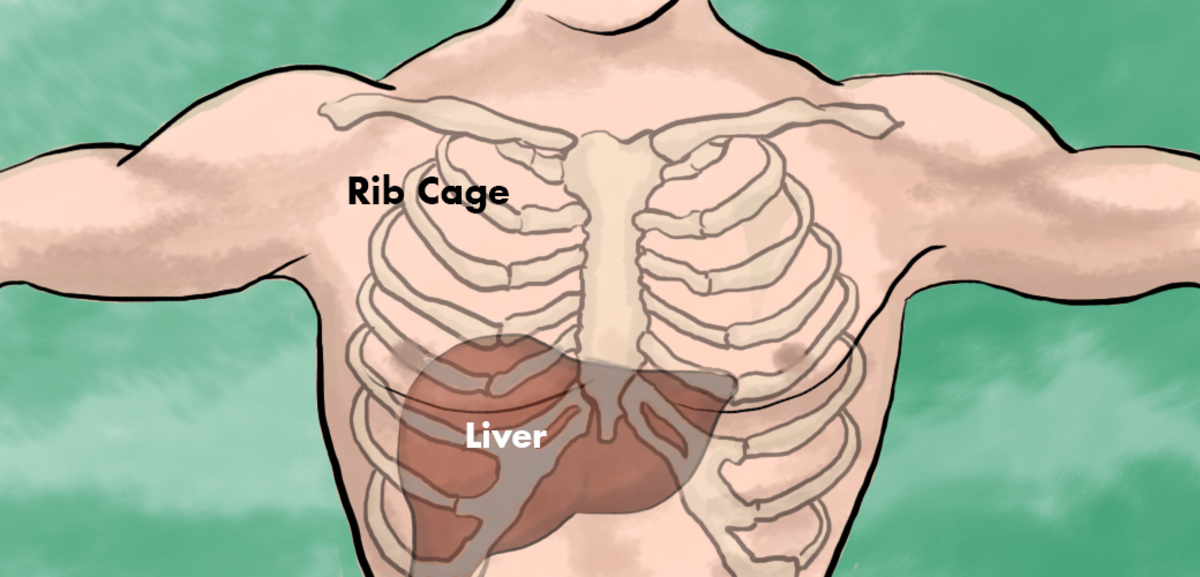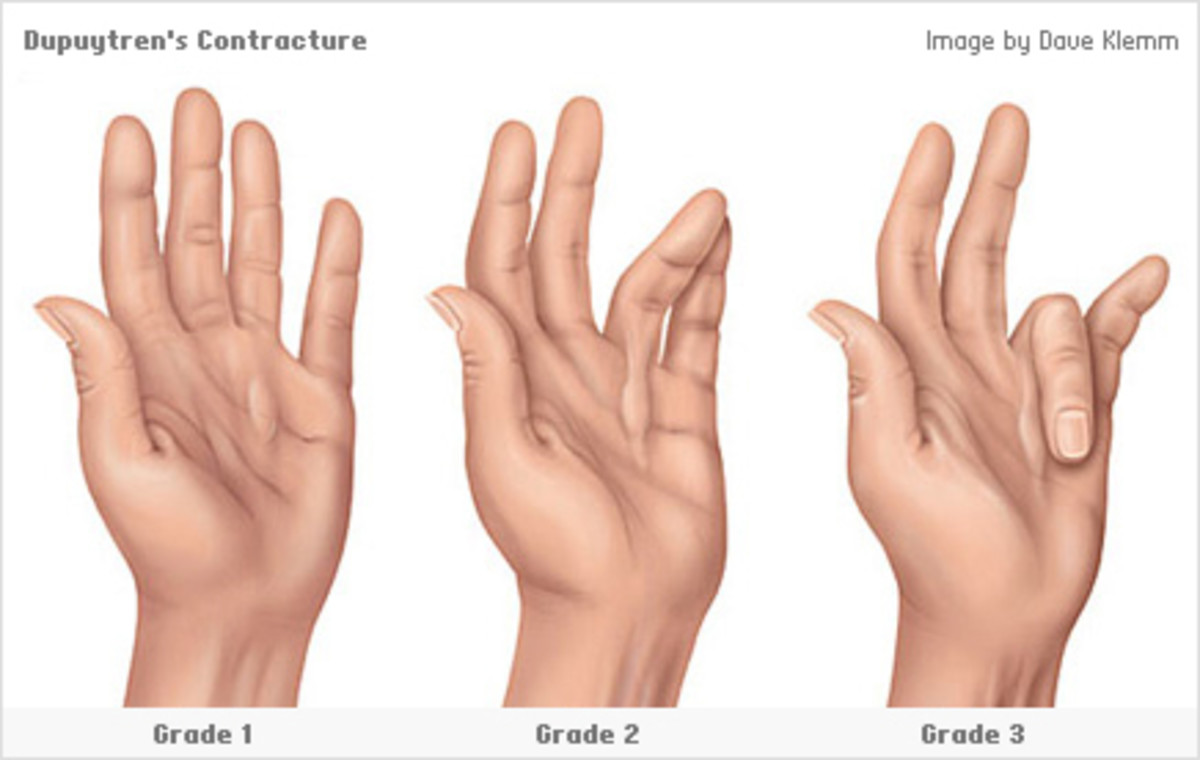Causes for Neuropathic pain
What is a neuropathic pain?
Neuropathic pain develops from a lesion or disease affecting our nervous system. Neuropathic pain can be acute or persistent. Acute neuropathic pain is treatable, whereas chronic neuropathic pain is a complex, needs to be treated for months and in some cases for years.
Acute neuropathic pain begins suddenly and is usually sharp in quality. It serves as a warning of disease or a threat to the body. Acute pain might be caused by many events or circumstances, including: surgery, broken bones, dental work, burns or cuts, labor and childbirth. Acute pain might be mild and last just a moment, or it might be severe and last for weeks or months. In most cases, acute pain does not last longer than six months, and it disappears when the underlying cause of pain has been treated or has healed.
Unrelieved acute pain, however, might lead to be chronic neuropathic pain. On the other hand, persistent neuropathic pain persists although the injury has healed. Pain signals remain active in the nervous system for weeks, months, or years. Physical effects include tense muscles, limited mobility, a lack of energy, and changes in appetite. Emotional effects include depression, anger, anxiety, and fear of re-injury. Such a fear might hinder a person’s ability to return to normal work or leisure activities.
Recent epidemiological reports estimate around 116 million Americans are suffering with chronic neuropathic pain. The cost is enormous, approximately $ 600 billion per annum in terms of treatment and inability to work or lost productivity.

What are the symptoms of neuropathic pain?
Neuropathic pain symptoms can be classified into two major types: (1) spontaneous (stimulus independent) pain (2) stimulus-evoked pain. The clinical symptoms of spontaneous pain include the presence of abnormal, unpleasant sensations (dysaesthesia), pricking, burning, itching, stabbing and shooting or electric sensation (paroxysmal).
The stimulus-evoked neuropathic pain is that the non-noxious stimuli may be painful. Clinically, it is called as allodynia. For example, a gentle touch with cotton wisp or a foam brush may evoke pain. Another condition of stimulus-evoked pain is called hyperalgesia. Here a noxious stimulus may produce a greater than a normal response.
What causes neuropathic pain?
Neuropathic pain can arise from a broad collection of pathological states, ranging from direct nerve trauma to diabetes, amputation, surgery, chemotherapy, diabetes, multiple sclerosis, shingles and cancer. How these diseases induce chronic neuropathic pain is not clear.
How neuropathic pain is treated?
There are numerous drugs and drug classes available when treating neuropathic pain. Doctors, specialized in pain management, have the option of choosing the right treatment for you. It is based on accurate diagnosis, associated diseases and patient's history. The risk of developing chronic neuropathic pain and the responses to analgesics vary considerably between individuals. Therefore, the treatment depends on several factors: (1) whether, the pain is due to injury or surgery or disease or for unknown reasons (2) age and sex of the patient.
Anti-inflammatory, Anticonvulsants (Carbamazepine, Phenytoin, Lamotrigine), Tricyclic antidepressants (Amitriptyline and Nortriptyline), Serotonin Specific Reuptake Inhibitors such as Prozac, local anesthetics (lidocaine patches), and Opioids (Morphine sulphate) are the common classes of drugs used for treating chronic neuropathic pain.
Unfortunately, treatment with these different classes of drugs remains wearisome to both patients and doctors, because of delayed onset of analgesia and extensive side effects. Some patients may respond well to Aleve or Motrin (anti-inflammatory drugs) treatments. Tricyclic antidepressants may ease pain in some conditions. In another condition, such as diabetes, a combination of different classes of drugs may alleviate the pain. Additionally, some patients may require stronger painkillers, such as morphine. For these reasons, it is better to discuss with your doctor if one class of drugs doesn’t work for you.
Topical Therapies
Topical therapies such as patches, creams, ointments, gels that can be applied directly to the site of injury provide relief from neuropathic pain.
Psychological Therapies
Daily intake of painkillers, frequent visits to hospitals, fewer social interactions and financial problems can cause severe psychological distress (anxiety and depression) in patients suffering with chronic neuropathic pain. Be prepared, if your doctor makes a referral for appropriate psychological therapies. This will help you to understand the mind-body connection to control pain. Common therapies include relaxation techniques, hypnosis, imagery, meditation and yoga.
Invasive treatments
Pain specialists may recommend invasive or implantable device to treat chronic neuropathic pain. Implantable spinal cord stimulator or Transcutaneous Electric Nerve Stimulation (TENS) involves exerting small amounts of electric signals to the spinal cord or skin to control chronic neuropathic pain.
Infusion pump
Infusing opioid-based analgesic drugs at the spinal cord level also treats chronic pain.
Deep-brain stimulation
Thalamus is one of the prominent areas within the brain that plays a significant role in pain processing. It is deeply buried under the motor cortex. Some research has shown that long-term stimulation of the thalamus soothes pain.
Future analgesic drug development
Neuropathic pain perception in humans and animals, nonetheless, displays considerable, and unexplained, interindividual variability. It has long been asked why some people experience more pain than others, why some patients receive fewer benefits from existing analgesics, and why some of them are more prone to chronic pain. This interindividual variability has been linked to genes. In recent years, genetic studies of pain have identified candidate genes involved in interindividual pain sensitivity as new molecular targets for novel analgesic drug development.








